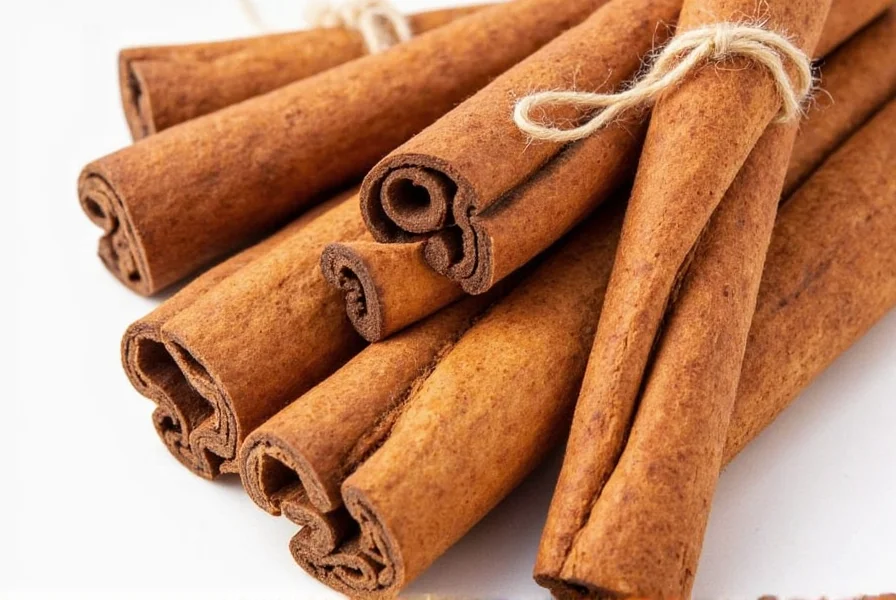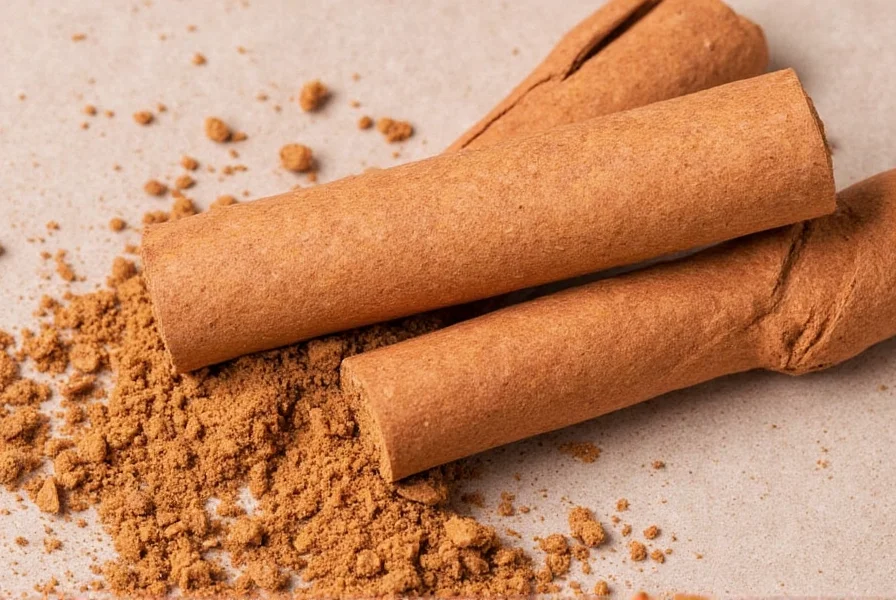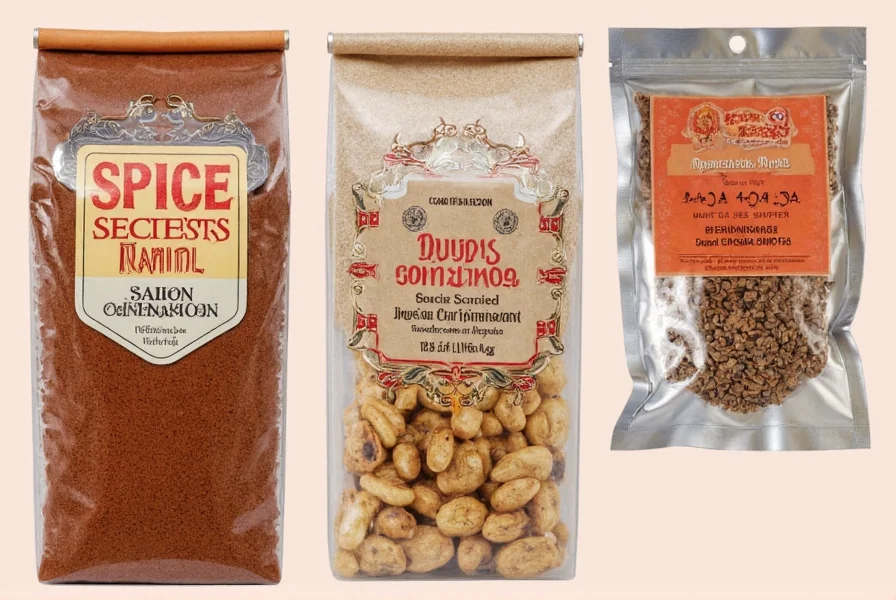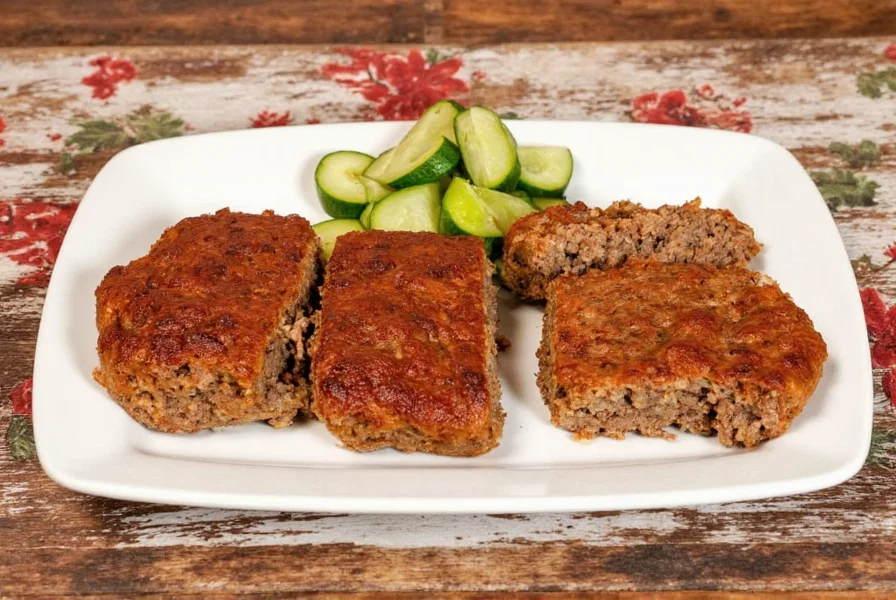What Is Saigon Cinnamon? Key Facts & Benefits
Saigon cinnamon, also known as Vietnamese cinnamon or Cinnamomum loureiroi, is a potent variety of cinnamon native to Vietnam. It's distinguished by its high cinnamaldehyde content (up to 60-75% of its essential oil), which gives it an intense sweetness and spicy aroma, making it a favorite among chefs and home cooks worldwide. According to the USDA FoodData Central, Saigon cinnamon contains significantly higher levels of beneficial compounds compared to other cinnamon varieties.

What Is Saigon Cinnamon? (Detailed Explanation)
Saigon cinnamon, scientifically known as Cinnamomum loureiroi, is a specific type of cassia cinnamon grown primarily in Vietnam. Unlike Ceylon cinnamon (Cinnamomum verum), which is often called "true cinnamon," Saigon cinnamon has a thicker, rougher bark and a much more potent flavor profile due to its higher concentration of cinnamaldehyde—the compound responsible for cinnamon's characteristic flavor and aroma.
Key characteristics of Saigon cinnamon:
- Origin: Grown in the central and southern regions of Vietnam, where the climate and soil conditions produce the highest quality cinnamon.
- Flavor profile: Intensely sweet with a spicy kick, often described as having notes of clove and licorice.
- Cinnamaldehyde content: Approximately 60-75% of its essential oil, compared to 50-60% in Chinese cassia and 25-50% in Ceylon cinnamon.
- Coumarin content: Higher than Ceylon cinnamon (up to 10,000 ppm), which is why moderation is advised for regular consumption.
Why You'll Fall in Love with This Spice
If you've ever tasted a cinnamon roll that made your heart skip a beat, chances are it was flavored with Saigon cinnamon. Its intense, almost clove-like flavor makes it perfect for baking, hot drinks, and even savory dishes where a little kick of warmth can transform the meal.

- Stronger aroma: More fragrant than other cinnamon types
- Richer taste: Sweet yet spicy, ideal for desserts and marinades
- Health benefits: Packed with antioxidants and anti-inflammatory compounds (per NIH research)
Creative Ways to Use Saigon Cinnamon in Everyday Cooking
This isn't just a one-trick pony for apple pie. Saigon cinnamon shines in a variety of dishes—from sweet to savory—and here are some fun ways to make it the star of your kitchen:
- Homemade Granola: Mix a teaspoon into your oat blend before baking for a warm, comforting crunch.
- Spiced Chai: Add a small stick to your tea blend for an earthy, bold twist.
- Barbecue Rubs: Blend with smoked paprika, garlic powder, and brown sugar for a unique meat seasoning.
- Banana Oatmeal: Stir into hot oats for a restaurant-quality breakfast bowl.
- Infused Honey: Steep a stick in warmed honey for a versatile condiment that pairs well with cheese or toast.
How Does It Compare to Other Cinnamon Varieties?
| Characteristic | Saigon Cinnamon | Ceylon Cinnamon | Chinese Cassia Cinnamon |
|---|---|---|---|
| Origin | Vietnam | Sri Lanka | China |
| Flavor Intensity | Very Strong | Mild, Sweet | Moderate |
| Texture | Rough, Thick Quills | Thin, Delicate Layers | Hard, Thin Bark |
| Coumarin Content | High (up to 10,000 ppm) | Low (0.02-0.09%) | High (0.2-1.2%) |
| Best Use | Baking, Spiced Drinks | Delicate Desserts | Everyday Cooking |
Buying Guide: What to Look for When Purchasing Saigon Cinnamon
Shopping for Saigon cinnamon can be tricky, especially since many products simply label themselves as "cinnamon" without specifying the type. Here's how to ensure you're getting the real deal:
- Check the Label: Look for phrases like "Vietnamese cinnamon," "Saigon cinnamon," or "Cinnamomum loureiroi."
- Color & Texture: True Saigon cinnamon sticks should be dark reddish-brown, thick, and somewhat brittle when broken.
- Aroma Test: Give it a sniff! It should have a strong, spicy-sweet scent that's instantly recognizable.
- Country of Origin: If it says "Product of Vietnam" or "Imported from Vietnam," you're likely dealing with Saigon cinnamon.

Top 5 Recommended Saigon Cinnamon Products
| Product | Features | Advantages | Best For |
|---|---|---|---|
| Spice Hunter Organic Saigon Cinnamon | Organic certified, sustainably sourced from Vietnam | Consistent quality, rich aroma, no additives | Bakers and dessert lovers who value organic ingredients |
| Fresh Origins Ground Saigon Cinnamon | Premium grade, finely ground for easy use | Instant flavor boost, blends well with liquids | Smoothies, lattes, or quick spice additions |
| VietSpice Authentic Whole Sticks | Imported whole sticks directly from Vietnamese farms | Great for infusions, stews, and long-term storage | Chefs and home cooks who prefer fresh grinding |
| MySpiceSack Bulk Cinnamon Chips | Broken quill pieces for faster extraction of flavors | Ideal for slow cookers, teas, and syrups | Those looking for convenience and strong infusion |
| Golden Harvest Cinnamon Powder Gift Set | Includes a mini grinder and sample pack of spices | Perfect gift for foodies and beginners alike | Holiday gifts, cooking classes, or new spice enthusiasts |
Frequently Asked Questions About Saigon Cinnamon
What makes Saigon cinnamon different from regular cinnamon?
Saigon cinnamon (Cinnamomum loureiroi) is a specific variety of cassia cinnamon that comes from Vietnam. It differs from "regular" cinnamon (which is usually Chinese cassia) by having a higher concentration of cinnamaldehyde (up to 25% compared to 10-15% in Chinese cassia), resulting in a more intense, sweeter, and spicier flavor. Its bark is thicker, darker, and rougher than other cinnamon varieties, and it contains more essential oils that give it superior aroma and flavor. According to the USDA FoodData Central, Saigon cinnamon has the highest cinnamaldehyde content among all cinnamon varieties.
Is Saigon cinnamon safe to consume regularly?
Yes, Saigon cinnamon is safe to consume in culinary amounts. However, it contains higher levels of coumarin (a natural compound) than Ceylon cinnamon, so moderation is advised. The European Food Safety Authority (EFSA) recommends no more than 0.1 mg of coumarin per kilogram of body weight per day. For most adults, this translates to about 1-2 teaspoons of Saigon cinnamon daily. Those with liver conditions or on blood-thinning medications should consult their healthcare provider about consumption. The NIH has documented studies on coumarin's effects on liver health.
How should I store Saigon cinnamon to maintain freshness?
Store Saigon cinnamon sticks or powder in an airtight container away from direct sunlight, heat, and moisture. A cool, dark cupboard is ideal. Whole sticks retain their potency for 3-4 years, while ground cinnamon stays fresh for 1-2 years. For maximum shelf life, you can store it in the freezer. Avoid keeping it near the stove or other heat sources, as this accelerates flavor degradation. The USDA Food Safety and Inspection Service provides storage guidelines for spices.
Can I substitute Saigon cinnamon for regular cinnamon in recipes?
Yes, but use about half the amount called for in recipes that specify milder cinnamon varieties like Ceylon. Because Saigon cinnamon is significantly more potent, using equal amounts may result in an overpowering flavor. When substituting in baking, start with 1/2 to 2/3 of the amount specified, then adjust to taste. For beverages or dishes where cinnamon is a supporting flavor rather than the star, use even less. The International Association of Culinary Professionals recommends this substitution ratio for Saigon cinnamon.
Why is Saigon cinnamon more expensive than other cinnamon?
Saigon cinnamon commands a higher price due to several factors: it's grown in a specific region of Vietnam with ideal growing conditions, has a more labor-intensive harvesting process, contains higher concentrations of valuable essential oils, and is typically grown using more sustainable agricultural practices. Additionally, authentic Saigon cinnamon undergoes rigorous quality control to ensure purity and potency, which adds to the cost but guarantees you're getting a superior product. According to the Vietnam Spice Association, Saigon cinnamon is considered the premium variety due to its superior quality standards.
What's the difference between Saigon cinnamon sticks and powder?
Saigon cinnamon sticks (quills) are whole pieces of rolled bark, while powder is ground from these sticks. Sticks generally retain their flavor longer (3-4 years vs 1-2 years for powder) and are better for infusions, simmering in liquids, or decorative purposes. Powder provides immediate flavor release and is more convenient for baking and quick recipes. For the freshest flavor, consider buying sticks and grinding them as needed using a spice grinder or microplane. The Food and Agriculture Organization (FAO) recommends whole sticks for optimal flavor retention.
How much Saigon cinnamon should I use in coffee or tea?
For coffee, add 1/8 to 1/4 teaspoon of ground Saigon cinnamon to your coffee grounds before brewing, or stir 1/8 teaspoon into brewed coffee. For tea, add a small 1-inch stick of Saigon cinnamon to your tea while steeping, or use 1/8 teaspoon of ground cinnamon. Remember that Saigon cinnamon is stronger than regular cinnamon, so start with less and adjust to your taste preference. It pairs especially well with black teas, chai blends, and coffee with chocolate or nutty notes. The Specialty Coffee Association provides specific guidelines for spice usage in coffee.
Where can I buy authentic Saigon cinnamon?
The best sources for authentic Saigon cinnamon include specialty spice retailers (both online and brick-and-mortar), Vietnamese grocery stores, and reputable online marketplaces that clearly specify the cinnamon variety. Look for products labeled "Saigon cinnamon," "Vietnamese cinnamon," or "Cinnamomum loureiroi" with "Product of Vietnam" on the label. Avoid products that simply say "cinnamon" without specifying the variety. Reputable brands will often provide information about their sourcing practices and may include certifications like organic or fair trade. The Vietnam Ministry of Agriculture and Rural Development maintains a list of certified Saigon cinnamon exporters.
Final Thoughts: Embrace the Flavor Revolution
In a world full of average spices, Saigon cinnamon is anything but ordinary. With its bold flavor, aromatic richness, and versatility in the kitchen, this underrated spice deserves a spot front and center in your pantry. Whether you're crafting a cozy latte on a chilly morning or experimenting with bold new recipes, Saigon cinnamon brings warmth, depth, and excitement to every bite.

So go ahead—take a trip to Vietnam without leaving your kitchen. Once you've tried Saigon cinnamon, you'll never want to settle for less again.










 浙公网安备
33010002000092号
浙公网安备
33010002000092号 浙B2-20120091-4
浙B2-20120091-4